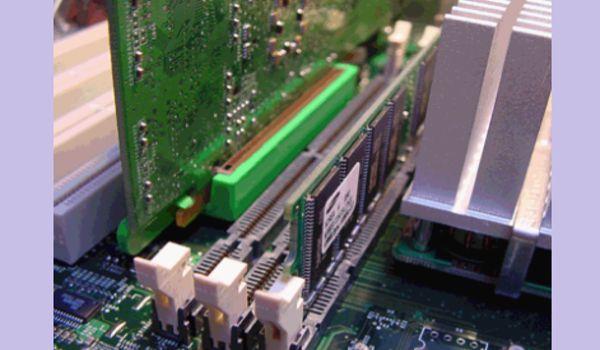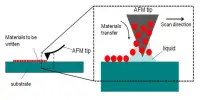Chip creep refers to the problem of an integrated circuit (chip) working its way out of its socket over time. It refers to the problem of chips that, over time, would work their way out of the socket. This was mainly an issue in early PCs.
Chip creep is a component (usually a RAM chip) working its way out of its socket. It is caused by the chip expanding and contracting during use.
Chip creep occurs due to thermal expansion, which is expansion and contraction as the system heats up and cools down. The chip can loosen to the point that poor electrical contact between the chip and socket reduces the signal quality, causing failure. It can also occur due to vibration.
Technicians have found the main issues that dust (and smoke, pet hair, or similar) cause are: Noise, Overheating and Chip creep. Noise is caused by dust building up on the blades of cooling fans. This can make the blades unbalanced leading to noise or in extreme cases, can wear out the bearings in the fans. This will also apply to the power supply.

While chip creep was most common with older memory modules, it was also a problem with CPUs and other main chips that were inserted into sockets. The gradual loosening of an integrated circuit (“chip”) in its socket as a result of expansion and contraction during the normal heating and cooling cycles of an electronic system, combined with vibration, e.g. due to cooling fans. An example is the Apple III, where its CPU would be dislodged and the user would need to reseat the chips. The chip can loosen to the point that poor electrical contact between the chip and socket reduces the signal quality, causing failure.
To fix chip creep, users of older systems would often have to remove the case cover and push the loose chip back into the socket. Pushing chips back into their sockets can cure such symptoms temporarily. Permanent solutions include soldering chips directly to the PCB and clipping the component into the socket. Over time the chip will stop making contact with the connector. If this happens to the RAM (memory) chips the computer will stop working.
The same phenomenon can affect anything plugged into a socket but not held securely in place, e.g. a circuit board plugged into an edge connector on a motherboard or backplane can suffer “card creep”. Today’s computer systems are not as affected by chip creep, since chips are more securely held, either by various types of retainer clips or by being soldered into place, and since system cooling has improved.
Information Source:
















